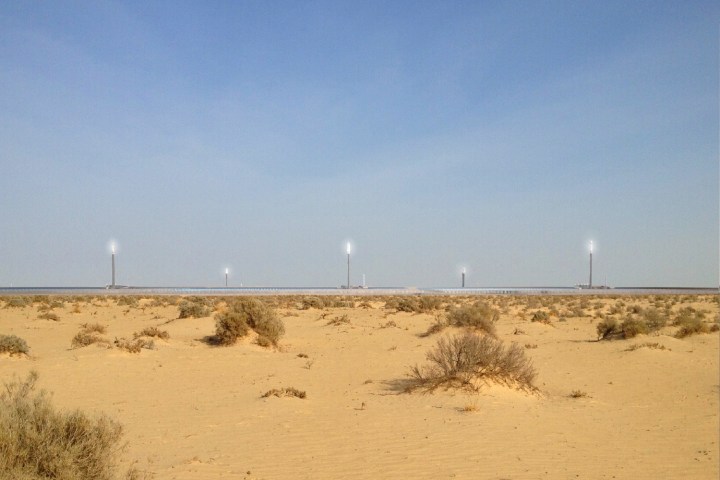
“We are opening a new energy corridor to allow Europe to import cheap solar power from the Sahara on a massive scale,” Daniel Rich, Chief Operating Officer of TuNur, the company behind the project, told Digital Trends. “This will help Europe meet its Paris Climate Agreement emissions reduction commitments quickly and cost effectively. It also will give a much-needed boost to the Tunisia economy through significant investment into the country, creation of thousands of jobs, new tax revenues, and the establishment of a new solar industry that can help support their future domestic demand.”

At present, Europe imports more than half of its energy in the form of fossil fuels. As Rich points out, should this project go ahead it will provide the continent with access to a permanent source of clean fuel. This will only become more important as technologies like electric vehicles become more prevalent.
TuNur’s proposed solar farm utilizes an enormous quantity of mirrors to reflect sunlight onto a central collector, which uses molten salt to store the energy as heat. Three HVDC submarine cables will then transport the power to Europe. The first cable will link Tunisia and Malta, the second will link Tunisia to central Italy, and a third will link Tunisia to the south of France.
“The project is in development and [currently in the permission phase],” Rich said. “We have completed all the feasibility work and lined up the partners needed to complete the project. To complete it, we have now requested full authorization from the Tunisian government, and once we have this we can receive the final permits in Europe, enter into EPC contracts, and start construction.”
Editors' Recommendations
- Scientists think the next big solar storm could create an ‘internet apocalypse’
- High temperatures and a diamond anvil could lead to a solar cell breakthrough
- An ultra-thin graphene layer could help protect next-gen solar panels
- Someone just uploaded open-source nuclear power plant blueprints to the web
- Four proposed NASA missions could reveal unknown secrets of the solar system


